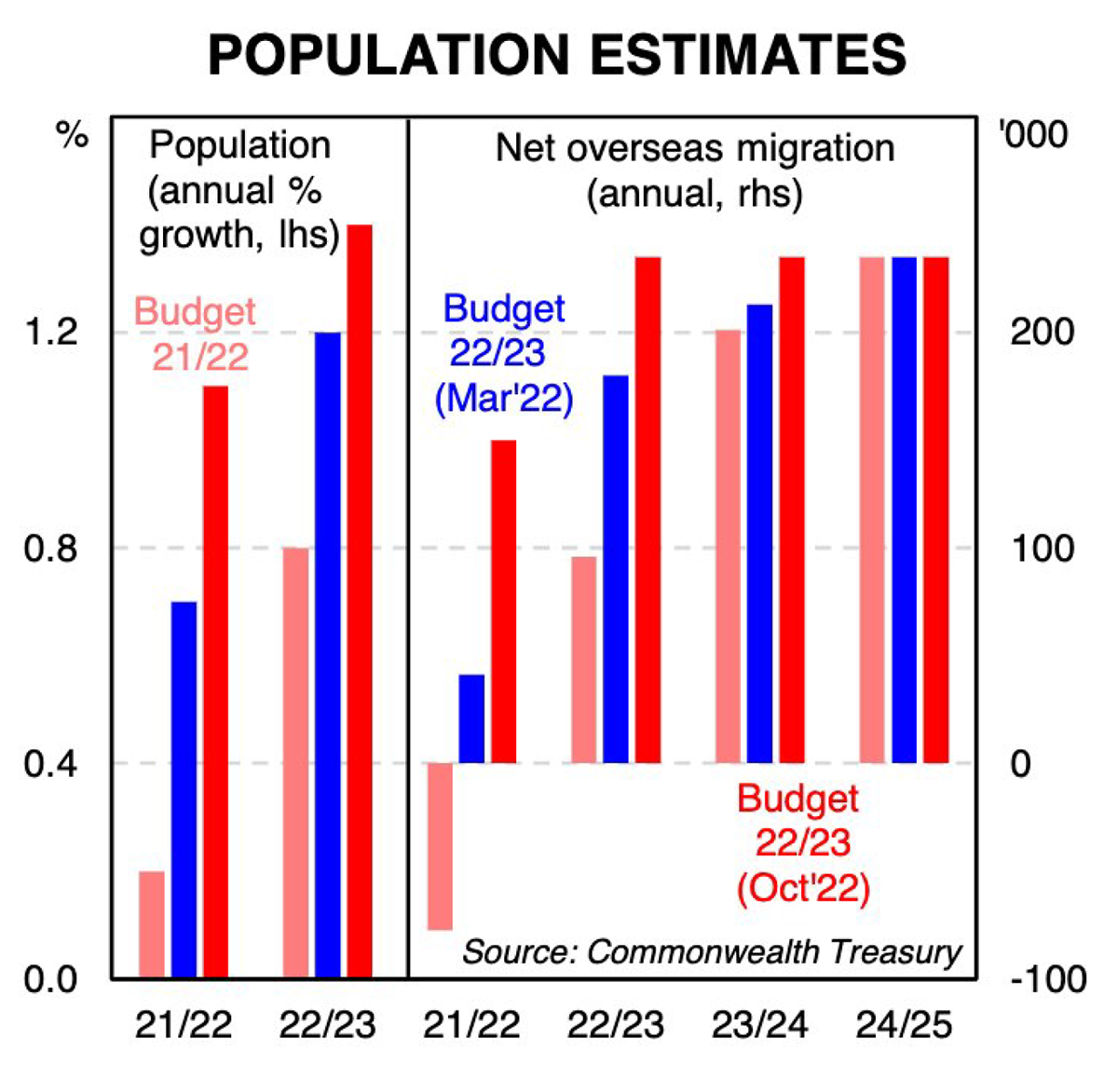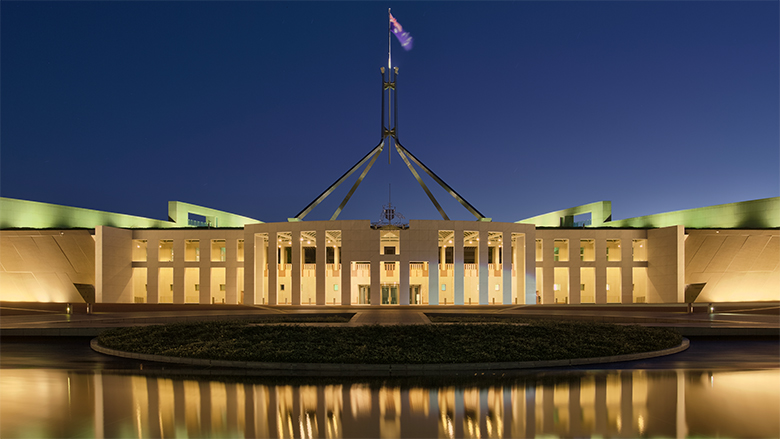Australia’s population growth, driven primarily by increased net overseas migration, is expected to resume to pre-COVID pandemic levels by the end of 2022/23 financial year according to the Federal Budget forecasts released by Treasury.
The rise in population numbers slowed dramatically as international borders were closed after the pandemic struck in February/March of 2020, falling almost to zero in net terms during 2021/2022.
With borders now re-opened and the Government encouraging migrants to return, partly to help ease the country’s current labour and skills crisis, migration is expected to recover to pre-pandemic trend this financial year (ending 30 June 2023), two years earlier than expected in the March 2022 Budget.
Net migration is forecast to top 200,000 in 2022/23 and be maintained at that level in 2023/24 and 2024/25.

CBA’s Chief Economist Stephen Halmarick in his post-October Budget review, released today (26 October 2022), said population growth is a key assumption in Treasury’s financial estimates.
“Lower population growth is an economic headwind as it reduces aggregate demand, labour supply and taxation revenue,” said Mr Halmarick. “However it does not have much impact on per capita outcomes.”
CBA’s analysis of the Budget papers shows that population growth is anticipated to increase by 1.4 per cent over the next two fiscal years, providing a boost to gross domestic product (GDP) and the government’s employment forecasts.
An increase in population growth and its resulting impact on GDP will provide a welcome boost to real GDP, which is forecast to rise by 3.25 per cent in 2022/23 before dropping back to 1.5 per cent in 2023/24.
Mr Halmarick said the Government’s forecasts for real GDP look “fine” to CBA’s economists and are not too dissimilar to team’s own estimates of GDP growth of 2.8 per cent in 2022/23 and 1.7 per cent in 2023/24.
Read the full Federal Budget 2022/23 update.
For more information, visit: commbank.com.au/federal-budget




